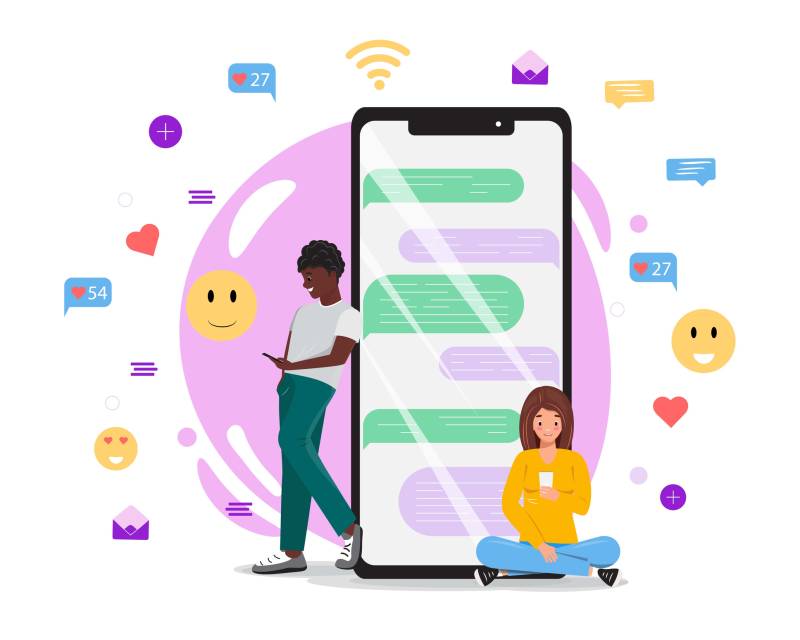According to Mark, the first myth is assuming that when computers are used “we should strive to be focused as long as possible.” That’s not realistic, she said. When we try to focus on rigorous tasks for long periods on screens without taking breaks to restore our cognitive resources, “our minds can also get injured, and it’s called burnout,” she said. Focus is a limited resource and can fluctuate depending on how engaged or challenged a student feels. So, when teachers strike a balance between harder and simpler tasks in the classroom, it gives students a chance to regain cognitive and executive function.
The myth of multitasking
Myth number two of attention span is multitasking. As humans, “we cannot parallel process unless one of those activities is automatic,” said Mark. Not only does multitasking impair accuracy with individual tasks, “the nail in the coffin is that multitasking creates more stress,” she continued. So when students are switching from task to task and from screen to screen, not only is their executive function declining, but their stress levels are rising. In their research, Mark and her colleagues have found “a correlation with the amount of attention shifting and [participants’] reports of perceived stress,” she said.
The myth of self-discipline
The third myth of attention span and tech is that lack of focus is due to low self-discipline. Social media algorithms appeal to our desire to gravitate towards rewards-based social systems, said Mark. For young people, social media can play a big role in social connection. Receiving affirmation from others is important to teens’ identity development, and social media is highly scalable, so teens also gain social capital from likes and online interactions. Because social media and smartphone use is so time consuming and ingrained in identity building, “there’s this competition of interest between what the teacher is talking about and what your friend is saying on the phone,” Mark said. “And it’s probably way more interesting to pay attention to what your friend is saying.”
Solutions
Mark sees the banning of smartphones from the classroom as a social equalizer for students in K-12 education. Students should be encouraged to “always put a person, a human being before a smartphone,” said Mark. She said that setting this social standard can appeal to adolescents’ natural desire to be part of a group.
Finding what might seem like infinite ways to keep students engaged and happy throughout the day can be daunting. But Mark recommended simple teaching strategies like playing short games, incorporating funny and engaging static cartoons throughout a lesson, class-wide meditation and allowing for small group participation. These teaching strategies pair well with the broaden and build theory, which hypothesizes that “the capacity to experience positive emotions may be a fundamental human strength.”
According to Mark, teachers can help students hone in on their attention by practicing forethought and imagining a future self. Because this is a skill that teens have to build from scratch, “for a young person, it could be their future self at the end of the day,” said Mark. Having a sense of concrete future visualization will help students stay goal-oriented, even if the goals seem small. Eventually, goals can be set farther in the future, like planning for the weekend, or even for the next academic semester, she continued.
During an interview, Mark stressed the importance of the integration of media literacy into the curriculum. It is important for young people to learn about the importance of mono-tasking, and dangers of media overuse, said Mark. But it is also imperative that students understand the dangers of misinformation, disinformation and cyberbullying.


